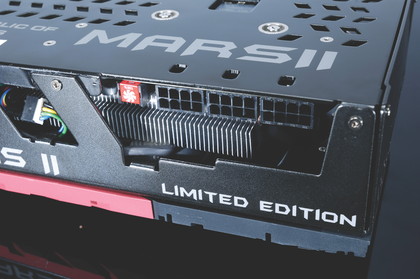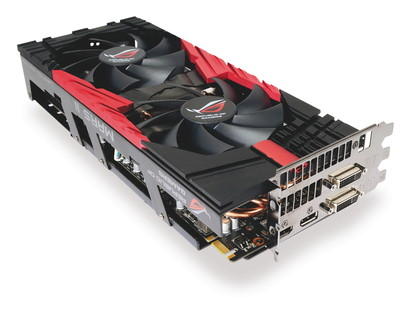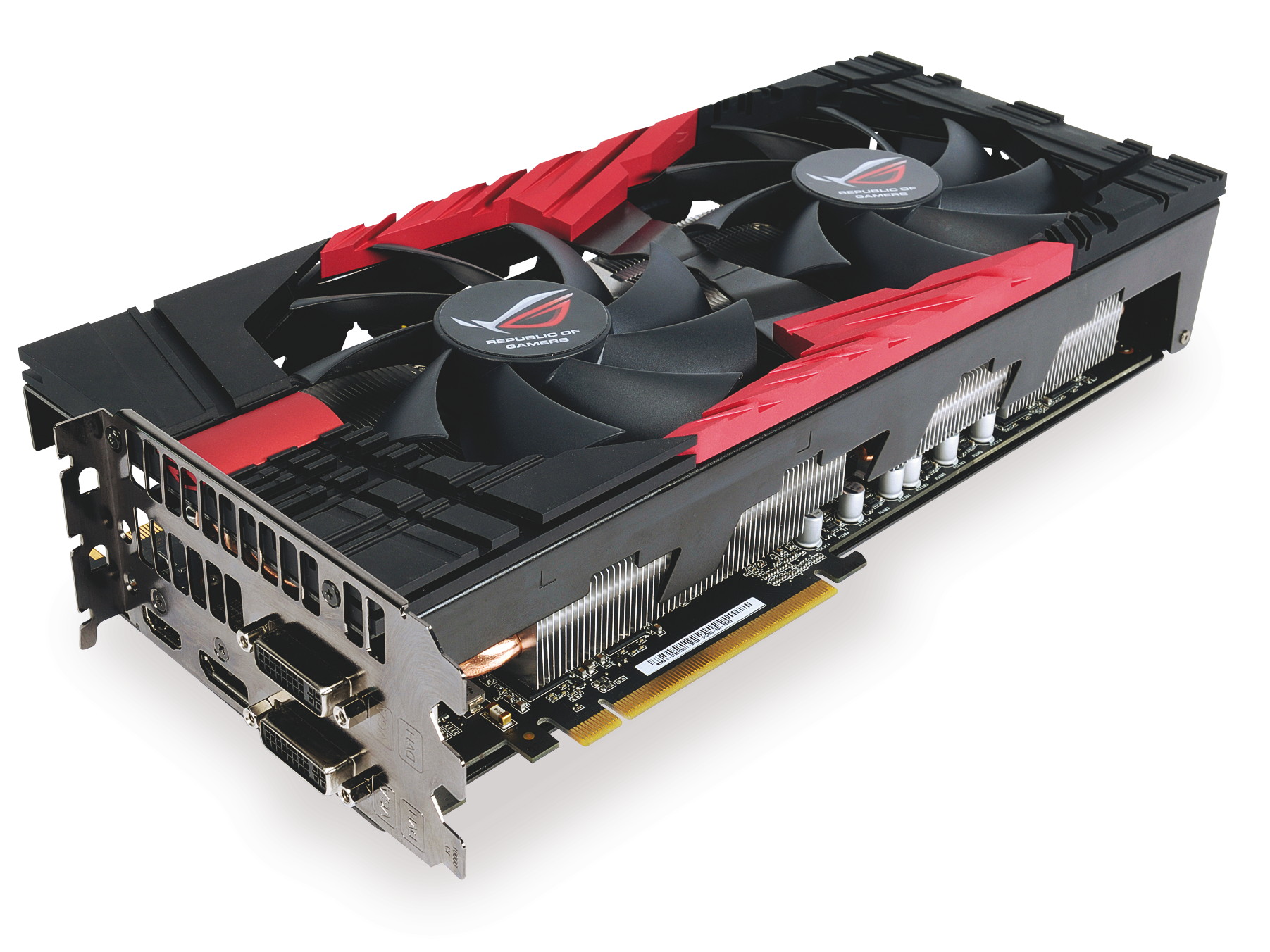Why you can trust TechRadar

A cursory glance at the Asus RoG MARS II reveals some similarities with Nvidia's GTX 590. It's certainly closer to this Nvidia thoroughbred card than any other, employing the might of twin GF110 GPUs.
With the GTX 590, Nvidia's rationale was to offer the power of two SLI'd GTX 580 cards – its flagship single GPU – all on one PCB.
A single, internal SLI card like the GTX 590 has advantages in terms of power connectors and heat management. It also opens up the possibility of quad-SLI – two dual-GPU cards connected together delivering the power of four graphics processors.
Enthusiasts were disappointed then when the GTX 590 was released with a dramatically downclocked core operating speed, from 772MHz to just 607MHz.
Despite Nvidia's conservative measures, the card still runs hot, and two separate GTX 580s will outperform it, so the biggest selling point for the GTX 590 is quad-SLI.
It can't be overclocked very far, and leaves us with the feeling that Nvidia simply had to counter the AMD HD 6990, not that it was particularly worried about consumer needs.
Asus has certainly taken heed of the GTX 590's reception.

The core clock speed of those twin GF110s is not downclocked, but actually raised to 782MHz.
It's the same story for the memory, too – for the GTX 590, Nvidia downclocked the memory from the GTX 580's factory default 1002MHz to 855MHz, and Asus has gone and ramped that right back up to 1002MHz with the MARS II.
It's important to see that refusal to compromise in any area of performance when we're talking about a card this powerful and this expensive.
And architecturally it's these clock speeds and the thermal and design modifications that have allowed Asus to elevate it from the flawed GTX 590.
In other areas, it's largely the same story as Nvidia's original twin-GPU card. Like the GTX 590, the Asus RoG MARS II has 1024 CUDA cores, a total of 96 ROPs, 3GB of memory and a wide memory bus at 384-bit across each unit.
While CUDA cores and AMD's shader units can't be compared directly, the MARS II doesn't blow the AMD HD 6990 out of the water on the spec sheet. The AMD card, though, has a faster core clock at 830MHz, and 4GB of memory.
For the MARS II, however, it's not just about matching the core speeds of the GTX 580 – it's about smashing them.
There are some out-of-the-box core increases over the GTX 580, but once you've spent a few seconds in the MARS II's company, it's clear this card wants to be overclocked.
As we saw with Asus' GTX 580 Matrix, there's a button on the card that enables you to turn the fan speed up to 100%.
The fans themselves are two 120mm monsters, and they cover two equally enormous four-pipe heatsinks.
If you can't quite grasp the scale, look at the chunky fans pushing or pulling air around your PC. They're likely to be 120mm, now imagine them sat on top of your graphics card.

Ad creative by day, wandering mystic of 90s gaming folklore by moonlight, freelance contributor Phil started writing about games during the late Byzantine Empire era. Since then he’s picked up bylines for The Guardian, Rolling Stone, IGN, USA Today, Eurogamer, PC Gamer, VG247, Edge, Gazetta Dello Sport, Computerbild, Rock Paper Shotgun, Official PlayStation Magazine, Official Xbox Magaine, CVG, Games Master, TrustedReviews, Green Man Gaming, and a few others but he doesn’t want to bore you with too many. Won a GMA once.
